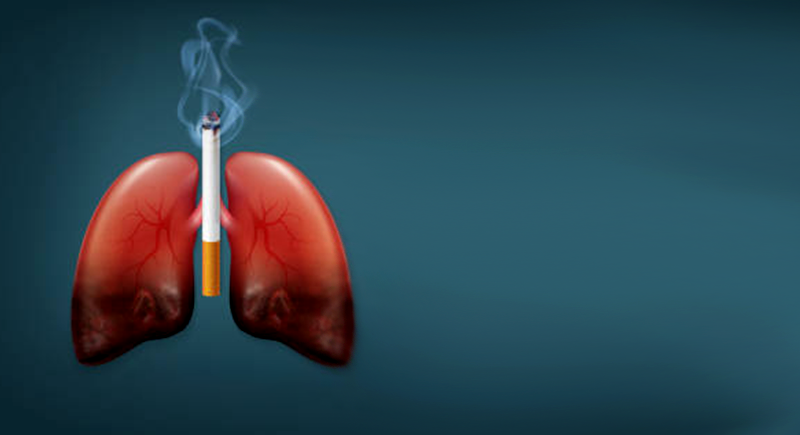Tuberculosis: Symptoms And Causes
Tuberculosis, often known as TB, is one of the serious infectious diseases all over the world. This very old disease...
Free Toll Call on
Booking Contact Number
Personal Contact Number

Smoking-related lung disorders represent a wide range of respiratory illnesses caused by tobacco. COPD, which causes emphysema and chronic bronchitis, leads the list. Emphysema damages air sacs, reducing lung elasticity, while chronic bronchitis inflames airways, causing persistent cough and mucus production.
Lung cancer is another ominous consequence, often fatal and linked directly to smoking. Additionally, smoking heightens the risk of pneumonia and exacerbates asthma. The common denominator in these afflictions is the insidious impact of cigarette smoke, underscoring the imperative of tobacco cessation for respiratory well-being.
Smoking poses a significant threat to lung health, being a primary contributor to diseases like lung cancer and chronic obstructive pulmonary disease (COPD). The harmful chemicals found in cigarettes wreak havoc on lung tissues, hindering their proper function. Tar and nicotine induce inflammation, and carcinogens elevate the risk of cancer. Quitting smoking is paramount to thwarting these potentially life-threatening health conditions.
Related Blog: Everyday Health Risks of Air Pollution
Detailed Smoking History: This test obtains a comprehensive history of smoking habits, including duration and pack years.
Physical Examination: Conduct a thorough physical exam, focusing on respiratory signs like diminished breath sounds and finger clubbing.
Pulmonary Function Tests (PFTs): Perform spirometry to measure FEV1 and FVC, looking for obstructive patterns.
Imaging Studies: Use chest X-rays and HRCT scans to identify structural abnormalities and assess lung parenchyma.
Laboratory Tests: Order blood tests, including arterial blood gases, CRP, and ESR.
Bronchoscopy: Consider bronchoscopy for direct airway visualization and sample collection.
Lung Biopsy: Perform biopsy if needed, examining histopathological features for precise diagnosis.
Related Blog: Impact of Vaping on Lung Health
Smoking Cessation: Prioritize immediate and sustained smoking cessation as the cornerstone of treatment.
Pulmonary Rehabilitation: Incorporate structured exercise and education programs to enhance lung function and improve quality of life.
Oxygen Therapy: Administer supplemental oxygen to maintain adequate oxygen levels in severe cases of hypoxemia.
Anti-inflammatory Agents: Consider anti-inflammatory drugs to reduce airway inflammation and prevent exacerbations.
Vaccination: Ensure up-to-date vaccinations, especially against influenza and pneumonia, to prevent respiratory infections.
Surgery: Evaluate surgical options like lung volume reduction surgery or lung transplantation for selected cases.
Tuberculosis, often known as TB, is one of the serious infectious diseases all over the world. This very old disease...
Pulmonary stenosis is a serious condition that restricts blood flow from the heart to the lungs, making it harder for...
A. Lung cancer, COPD, and cardiovascular disorders such heart disease and stroke are the principal smoking-related ailments. These conditions are heavily linked to smoking.
A. Smoking causes lung cancer, COPD, heart disease, stroke, and other respiratory and cardiovascular illnesses. Smoking is a considerable risk for several diseases.
A. Quitting smoking allows the lungs to begin healing. Lung function and health can improve with time, lowering smoking-related disorders, although some damage may be irreversible.
A. To clean your lungs after smoking, quitting is the most crucial step. Consult a healthcare professional for guidance.